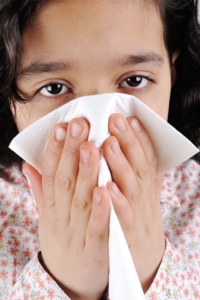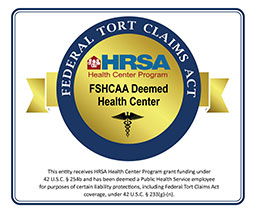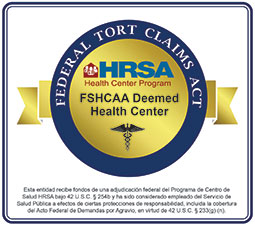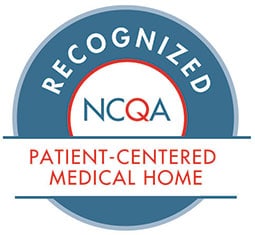Tips to Help Control Allergies and Asthma this Spring

Emily Bush
Post written by Emily M. Bush, MD, Board Certified Physician in Pediatrics, Health Partnership Clinic
Each year, May is designated National Asthma and Allergy Awareness Month by the Asthma and Allergy Foundation of America (AAFA). Springtime is the peak season for asthma and allergies and a good time to educate patients, family and friends about these diseases.
Asthma affects more than 26 million Americans including more than six million children under the age of 18. More than 50 million Americans live with a variety of allergies including pollen, skin, latex and more. Allergic asthma is the most common type of asthma.
Approximately 90 percent of kids with asthma have allergies compared to 50 percent of adults with asthma.
Symptoms
Symptoms of allergies can vary in severity. Mild allergy symptoms include congestion, skin rash and itchy watery eyes. Moderate symptoms include difficulty breathing and itchiness.
Symptoms of asthma include coughing, wheezing, shortness of breath, and tightness in the chest. Severe asthma symptoms can begin with itching of the eyes and face, but soon progress to swelling, causing breathing difficulties, cramps, diarrhea and vomiting.
Causes
 Some common causes of allergic asthma are allergens small enough to be breathed into the lungs such as:
Some common causes of allergic asthma are allergens small enough to be breathed into the lungs such as:
- Windblown pollen from trees, grass and weeds
- Mold spores and fragments
- Animal dander from hair, skin or feathers
- Dust mite feces
- Cockroach feces
Irritants can also trigger an asthma attack, even if they don’t cause an allergic reaction. These irritants include:
- Smoke from tobacco, a fireplace, candles or fireworks
- Air pollution
- Cold air
- Exercise in cold air
- Strong chemical odors or fumes
- Perfumes, air fresheners or other scented products
- Dusty rooms
Controlling Allergens
Web MD offers the following tips to control allergens:
- Stay inside when pollen counts are high. Keep your windows closed. If it is hot, use an air conditioner with a clean air filter.
- Avoid dust mites. Dust mites live in fabrics and carpet. Wrap you bedding in allergen proof covers. Wash your bed sheets once a week in hot water. Get rid of wall to wall carpet, along with heavy curtains and upholstered furniture, if you can.
- Control indoor humidity. If moisture in your house is above 40 percent, use a dehumidifier or air conditioner. This will dry out the air and slow the growth of molds, cockroaches and house dust mites.
- Check for pet allergies. If you have pets, get tested to see if they are the cause of your problem. It may be necessary to rehome them or keep them outside. At the very least, ban all pets from the bedroom.
- Keep your kitchen and bathroom clean and dry to prevent mold and cockroaches. If you are allergic to cockroaches and you see signs of them in your home, you will have to contact a pest control company, insect spray will not do the trick. Run the exhaust fan when you cook or take a shower to lower the humidity in the room.
- Be careful doing work outside. Gardening and raking can stir up pollen and mold. Wear a HEPA filter mask while outside to reduce the amount of pollen and mold particles that get in your lungs.
Remember to schedule regular asthma check-ups with your health care provider and don’t hesitate to seek emergency care when necessary. Appointments are available by calling 913-648-2266.






